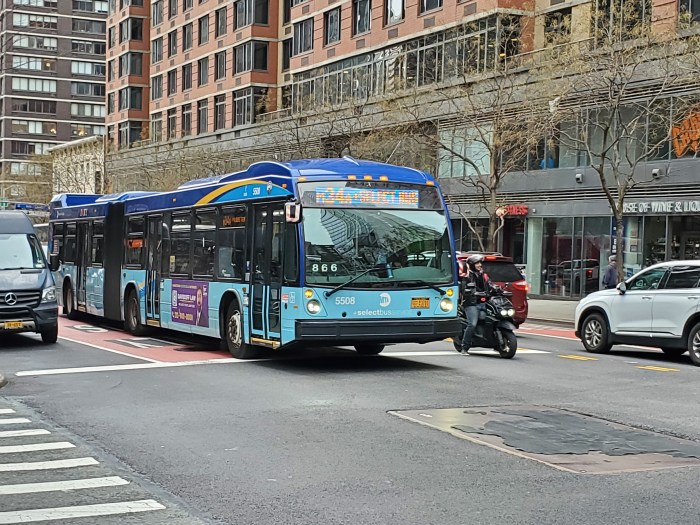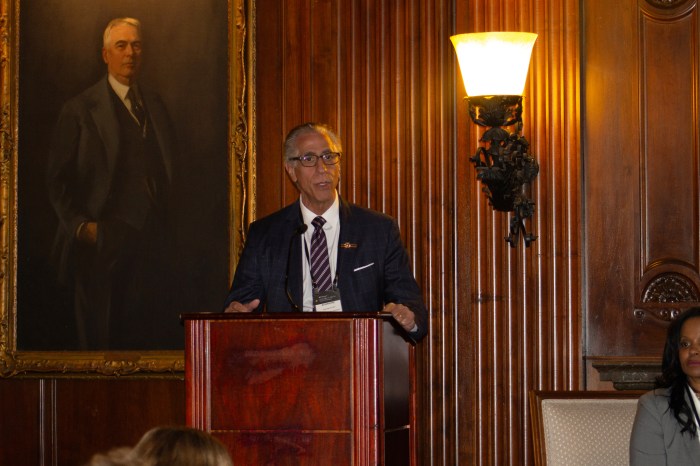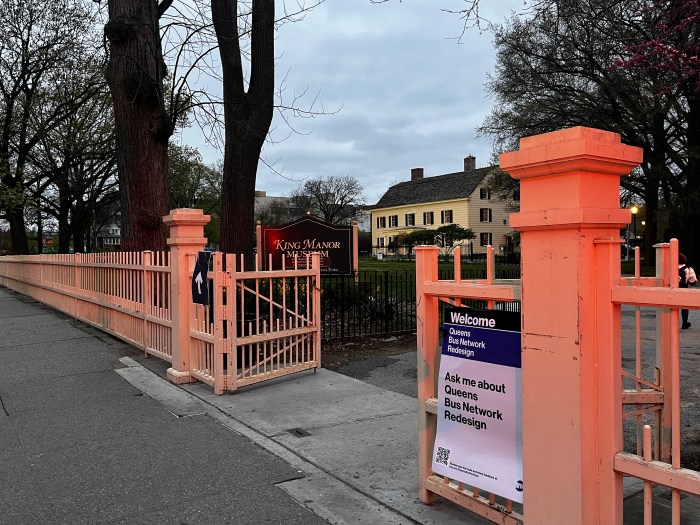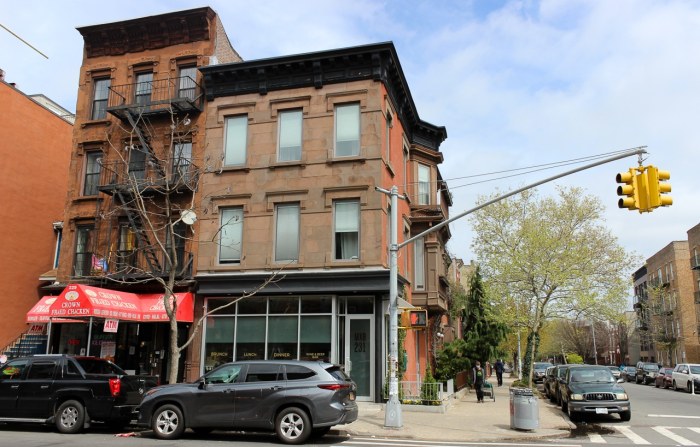
The L train shutdown is shaping up to be a big missed opportunity for long-term transit improvements, experts said.
A report published Tuesday from the Regional Plan Association, outlined how the MTA and city DOT could use the 15-month closure of the Canarsie tunnel in 2019 to execute upgrades, including improving wheelchair accessibility and increasing train capacity along the L line.
“Our subway system needs more than repairs — it deserves innovative thinking to transform the system and restore New Yorkers’ trust,” said Tom Wright, RPA president. “Community groups, business leaders, elected officials and transit advocates have spoken, they want the MTA to use this opportunity to revitalize the system and ensure that people can get around the city during the 15 months the L train is shut down.”
It’s not clear the MTA or DOT feel the same way.
Preliminary contingency plans from the agencies are vague. They mainly focus on boosting nearby subway service and adding bus service from Brooklyn into Manhattan over the Williamsburg Bridge — potentially on dedicated bus lanes.
And while the MTA does plan on installing elevators at both the Bedford and First Avenue stations during the outage, the RPA says there’s room for more lasting work.
The association recommends expanding the L train’s route from where it terminates at Eighth Avenue in Manhattan to Ninth Avenue, which they believe would allow for faster and more reliable L service. They also recommend adding elevators to both the Third and Sixth Avenue stations, and potentially installing escalators at the Union Square station as part of a larger improvement to the flow of commuters. The group also has been an early champion of closing 14th Street to vehicular traffic to improve the movement of buses above the closed subway line.
All told, the projects would cost between $500 million and $600 million, according to RPA estimates.
Its report comes amid mounting pressure on the MTA and DOT to publicly release official plans for travel alternatives. Elected officials, community groups and business owners fear that neither agency will go far enough to adequately move people during the outage.
The City Council will hold an oversight hearing on the agencies’ planning later this week.
At an L train news conference last week, Minna Elias, district chief of staff for Rep. Carolyn Maloney, said the agencies’ plans were “sitting on the mayor’s desk.”
“What we’re hearing from DOT and the MTA is that they have plans drawn up but they aren’t ready to share them with us yet,” Elias said at the time.

















